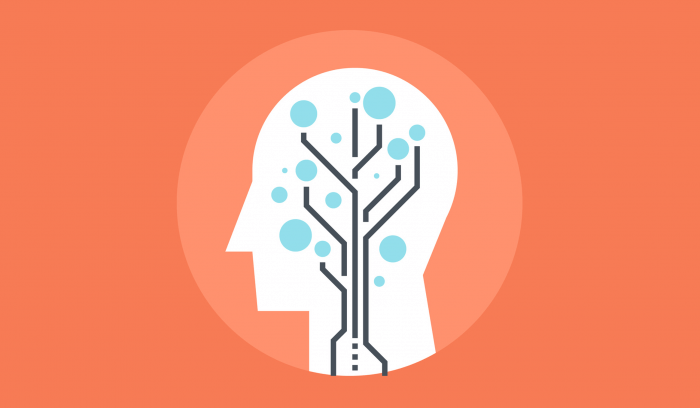You know something is big when it has a Wikipedia entry citing its first mention in published writing. Business intelligence (BI) has reached that level of importance. The first known mention of the term was in an 1865 banking book titled Cyclopaedia of Commercial and Business Anecdotes.
We’ll save you the boring details, but it’s safe to say that the 19th-century author who mentioned business intelligence in that publication likely had no clue what was in store for his concept in the future. He did want to use business intelligence to improve operations and increase profits. And that’s not so different from today. Let’s take a look at the evolution of BI software in the workplace.
Defining Business Intelligence
The definition of BI as we know it today was first coined in the 1980s as “a set of methods and concepts that help you make better decisions.” BI software follows that definition with a digital spin‚Äîautomating those methods and concepts in order to make BI faster, more reliable, and easier to share.
Phase One: Data Storage
The dawn of BI software occurred in the late 1980s, as more and more businesses began taking their work onto computers instead of paper. Suddenly, they had a more reliable place to store important data, and data warehouses began to take shape. These warehouses were the first forms of BI software. Their goal was to make data more readily accessible and centralized in location. With these warehouses came the ETL (extract, transform, load) process. In ETL, data is extracted from a source, transformed into uniform format, and loaded into storage. The ETL process remains a tenet of data warehousing today.
In the few years that followed, BI software began to evolve to add basic data visualization tools and other reporting. But it remained a tool mostly big organizations could afford and only IT departments could use.
Phase Two: The Cloud
During the 2000s, BI software developers started to make inroads moving BI to the cloud. There, more businesses and employees within those businesses could access it at an affordable price. Cloud-hosted data tools made increased visibility possible across teams and organizations of many sizes. Its decentralization also encouraged more innovation as businesses clamored for BI software.
BI software innovations that occurred as a result of the move to the cloud included real-time processing, improved user interfaces, the ability to process larger volumes, and better visualizations. With these improvements, users beyond the IT department were suddenly able to access and understand BI software, further evangelizing the tenets of data-driven decision-making.
Phase Three: Data for All
In our modern world, every minute of the day a mind-blowing amount of data is created online. Google alone receives more than 2 million search queries per minute. Simultaneously, more than 570 new websites are created, 48 hours of YouTube content is uploaded, and 47,000 apps are downloaded.
Data is everywhere, and nearly everyone has access to some form of it. That democratization of data has made it more critical than ever for businesses who want to be successful and competitive to make BI a central function of their strategy. Good BI software today must have real-time processing and decision-making power in order to keep up with the dynamic market. It also needs to secure, scalable for big data and small data, and collaborative, as more and more people are making data literacy a priority, no matter their role.
BI has come a long way from a short phrase in a book to a modern-day staple of any successful business. The internet of things, In-Chip technology, and increased self-service are just a few of the innovations experts see on the horizon for the continuing evolution of BI software.
Ready to see how far BI software has come? Start investigating the options in our product comparison tool or schedule a free consultation with an unbiased Technology Advisor.
Top Business Intelligence Software Recommendations
1 Domo
Build a modern business, driven by data. Connect to any data source to bring your data together into one unified view, then make analytics available to drive insight-based actions—all while maintaining security and control. Domo serves enterprise customers in all industries looking to manage their entire organization from a single platform.



